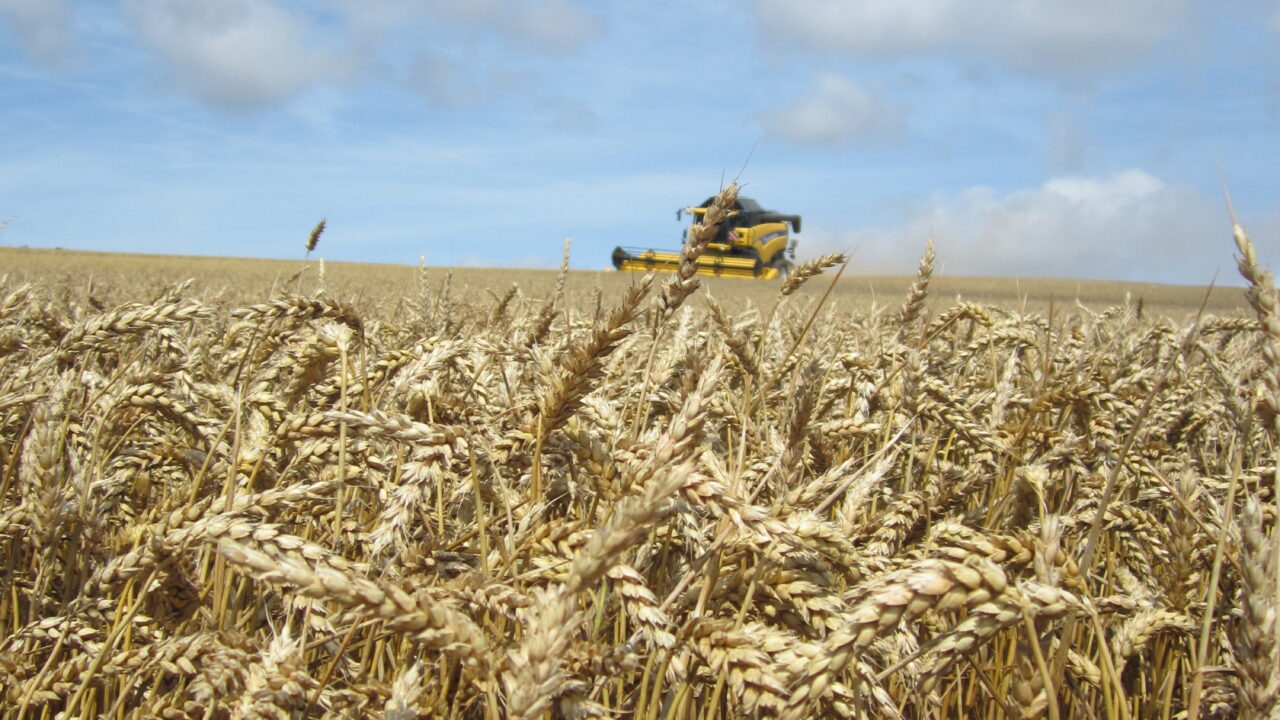English farmland values topped £10,000 (€12,600) per acre for the first time ever in the second quarter of 2014, and have increased by 6% over the past 12 months.
The value of equipped land (land with a house and/or buildings) increased by 2% to an average of £11,000 (€13,862) per acre.
Bare land values increased 2% to £7,200(€9,073) per acre, demonstrating a return to the levels last witnessed by the market in Q3 2013.
Values are at record highs throughout the UK and Smiths Gore’s Farmland Market Model estimates that they will continue to remain at similar levels for the forseeable future.
“Investors continue to move their money into the ‘safe haven’ of farmland as an investment, with its obvious tax advantages, but farmers remain the dominant, if slightly more cautious, buyers.
“Demand from both investors and farmer buyers is supporting competition for land and driving capital growth,” according to Giles Wordsworth, National Head of Farms and Estates Agency.
Some 57,000 acres were marketed in the Q2 2014, representing 1,000 acres or 2% more land than was marketed a year ago.
“There have been more larger farms and blocks of land for sale – 60 properties over 250 acres in the quarter, compared with 53 a year ago and 45 in 2012”, says Dr Jason Beedell, Head of Research at Smiths Gore.
“There continues to be significant variation in the regional markets; the south west and east of England regions have been the most active during the quarter – accounting for over 40% of the land marketed. In both regions supply has been higher than in the past two years when activity was particularly low.”
Accoding to Beedell: “Looking ahead, the current improvements in the state of the economy are likely to strengthen demand from investors however farmers are likely to be affected by a slight reduction in farm incomes and profits when interest rates begin to rise. However, we do not expect to see any significant pressure on values in the short term and conclude that demand will continue to underpin the current strong values.”
